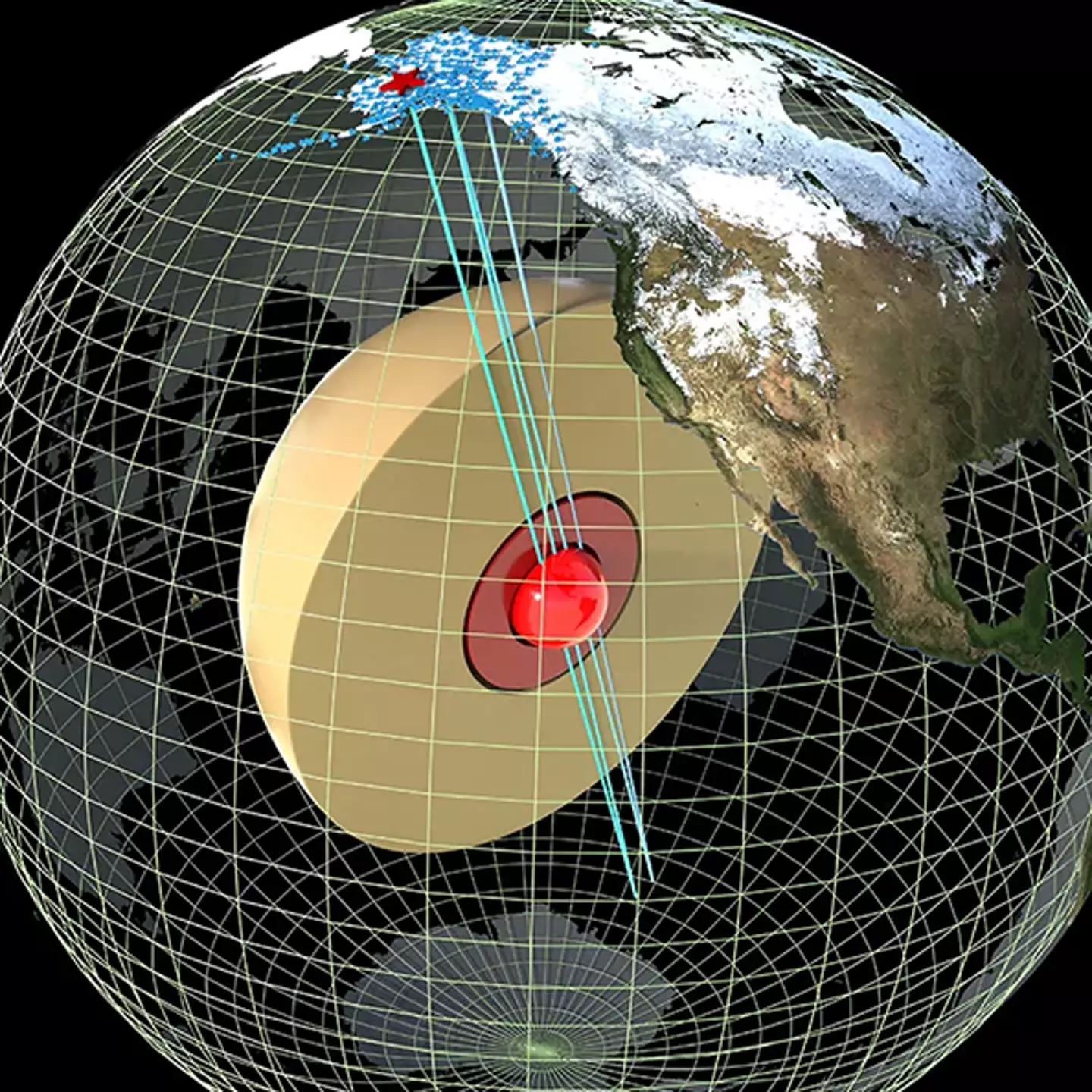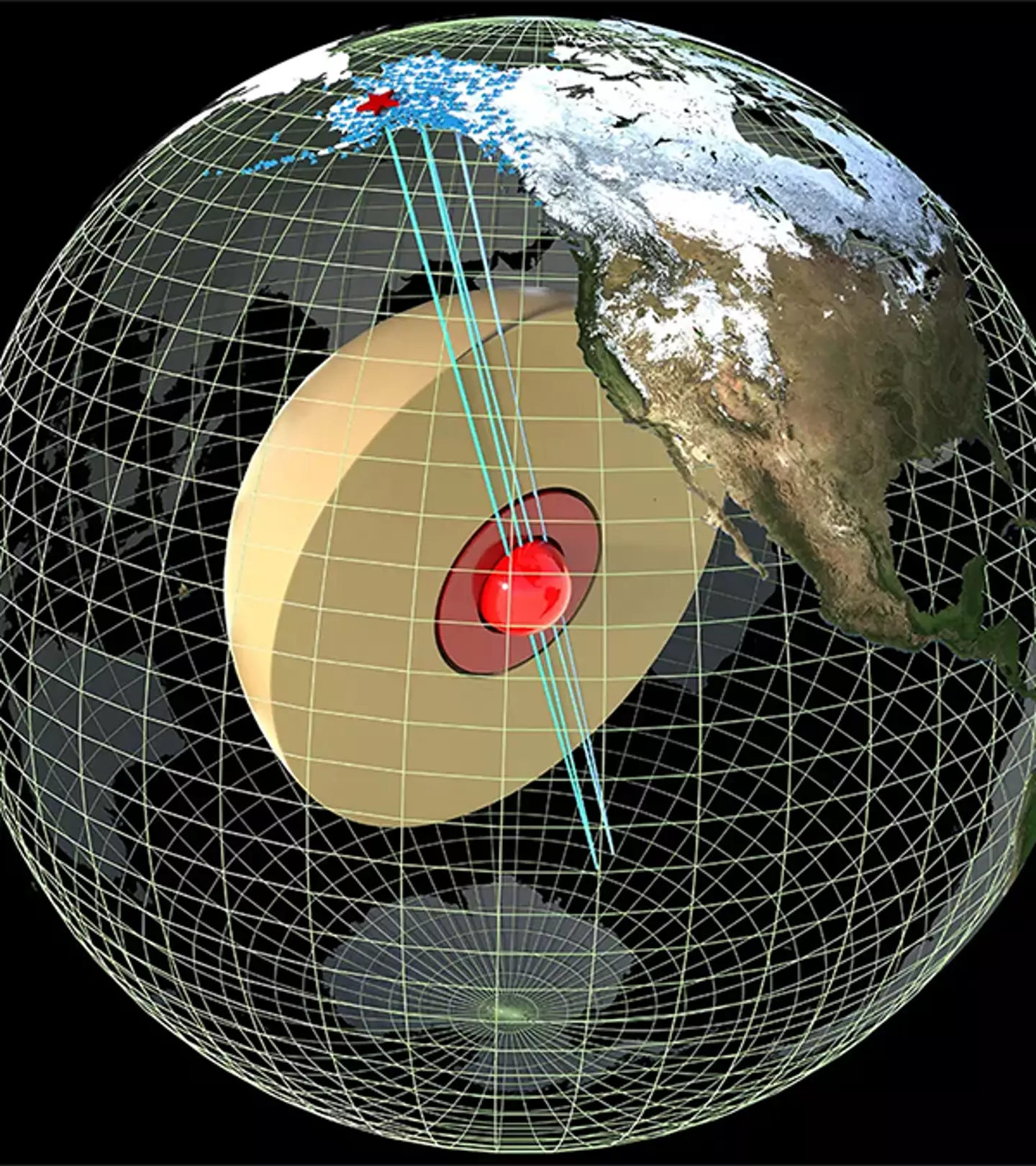
Since our school days, we've been taught that the Earth is made up of several layers: the crust, the mantle, the outer core and the inner core.
But the inner core isn't the end of it. Scientists made a discovery deep within the Earth's core - a massive solid sphere.
Two researchers from the Australian National University found that the Earth has an 'innermost inner core' that may have formed following a 'significant global event' from the past.
Seismologists Thanh-Son Phạm and Hrvoje Tkalčić found a solid metal core, which led to them spotting new details about the core that hadn't been noticed before.
Advert
They studied many earthquakes and monitored 'seismic waves reverberating through the entire planet.'

'We analysed digital records of ground motion, known as seismograms, from large earthquakes in the last decade.
'Our study becomes possible thanks to the unprecedented expansion of the global seismic networks, particularly the dense networks in the contiguous U.S., the Alaskan peninsula and over the European Alps,' lead author Pham explained.
Advert
Both the outer shell of the inner core and this newly discovered innermost sphere have high enough temperatures to melt iron-nickel alloys. However, the immense pressure at the Earth's centre keeps these materials in a solid state.
'Clearly, the innermost inner core has something different from the outer layer,' Phạm noted.
Despite being made of the same materials, the different properties of the innermost and inner core determine how fast seismic waves travel through it, a phenomenon called 'anisotropy.'

Advert
Pharm said: 'We think that the way the atoms are [packed] in these two regions are slightly different.
'The latent heat released from solidifying the Earth’s inner core drives the convection in the liquid outer core, generating Earth’s geomagnetic field.
Life on Earth is protected from harmful cosmic rays and would not be possible without such a magnetic field.'
The metallic ball appears to have been the result of a huge geological event such as a tectonic shift hundreds of millions of years ago.
Advert
It now measures roughly the 'size of Pluto and a bit smaller than the moon,' according to Tkalčić.
'Studying Earth’s centre is not just a topic of academic curiosity, but something that sheds light on the very evolution of life on our planet’s surface,' the pair of researchers concluded.